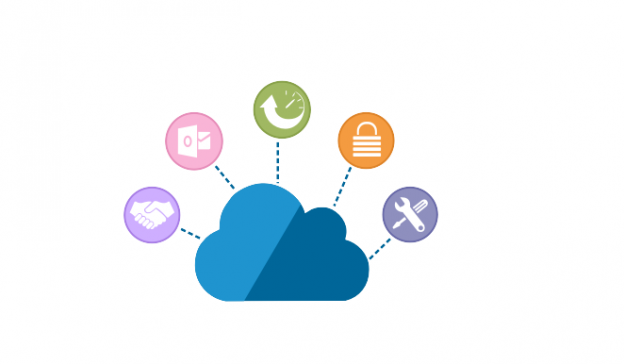A lot has been said, debated, and discussed about role of employees in deviating from the best cloud security practices of small organization. Large organizations have controlling authorities in place with authorization SOPs for use of cloud apps and therefore the issues of shadow IT may not be of grave importance unlike small and medium business infrastructures. In contrast, shadow IT can assume menacing proportions in a small or medium business environment.
Extent of Shadow IT and Associated Risks
In any small or medium enterprise setup you will encounter two basic issues in terms of implementation of security guidelines. The first type of errant employees belong to the innocent group that may be unknowingly causing some damage to the data assets and the other more dangerous group will harm the valuable data with criminal intentions. The end result is always going to compromise your sensitive data.
If you are operating in a small or medium business environment, it is common to see employees taking reigns of security in their own stride due to wafer-thin security budgets that restrict the company from appointing security experts. With little or no existence of monitoring authorities, data security can take a huge beating since these employees do not have technical prowess or lack the understanding of multiple risks associated with their actions.
Thanks to the explosion of cloud apps which has flooded the market and caused extensive use of these easily available and user friendly products. However, it is equally disturbing to know that there is a huge proportion of apps that miserably fail to comply with requirements of security in terms of data and legal perspectives. The percentage of such apps is a whopping 90 percent.
If you consider a standard average of 700 apps running in a normal business setup, then you are looking at more than six hundred apps that have immense potential of damaging your data. SMBs need to take urgent note of the issue for securing their business critical digital assets.
Many individuals associate the problem of shadow IT in SMBs with unauthorized use of cloud apps but this is not the real story. If employees were to start accessing unauthorized apps, they could face disciplinary actions for subversion of enterprise IT. In reality, practice of shadow IT in SMBs is the product of total lack of control processes for using cloud apps.

Prioritization of Shadow IT
It is a usual routine for employees in a small business to leverage free tools for converting files or cloud storing data. In the process, they are innocently uploading sensitive data to third party operators by hoping that the sensitive information will not be used for malicious purpose. It is a sheer paradox because one trusts the untrustworthy and compromises security of data in the bargain.
The best way to deal with shadow IT is by perceiving the issue to be of top priority. Improving the visibility by enhancing traceability of data that is uploaded on cloud apps can certainly help. Most of the data breach events can be attributed to the fact that not only the control mechanism is absent but there is a huge gap in the visibility of data in terms of the source and inventory.
Dispelling the Shadows
Cloud Security solutions for cloud apps have not grown in terms of their adoption in concurrence with the exponential rate of usage of cloud apps in small and medium businesses. Security tools such as CASB help improve visibility to effectively deal with shadow IT. By enhancing the visibility, one can also implement instant corrective measures to arrest damage to the integrity of business data.
Cloud apps security tools help discover cloud hosting services that are instrumental in propagating shadow IT in the given setup. Real time detection of patterns that are followed by those who are sharing the data can provide immediate understanding of the irregularities. You can also enhance visibility by monitoring the usage patterns of approved apps.
Prescription for Shadow IT
Shadow IT must be treated as an infectious disease because it has a great potential of rapidly spreading across the entire gamut of IT infrastructure in a small and medium business environment due to absence of control mechanism.
Once you have prioritized shadow IT and gained greater visibility into the sharing and usage patterns, you have won half the battle. It is similar to diagnosis of the disease by identifying pathogens and their spread in different systems.
The next step is to improve employee engagement in order to understand their distinct problems and needs that encourage them to access unauthorized apps leading to spread of shadow IT. There should be a healthy dialogue leading to understanding of present IT capabilities and planning for improving it for reducing dependence on unauthorized apps.
Cloud apps should be allowed to be experimented with for handling non-critical data workloads. Throughout the employee engagement program, one must keep on harping on the need to prioritize shadow IT in order to improve data security. There is no harm in offering apps of standardized nature for streamlining usage. Creation of dos and don’ts lists with well-defined processes followed by consistent re-evaluation of usage should be executed.






 Live Chat
Live Chat